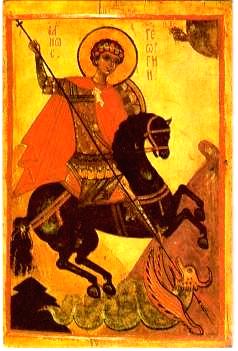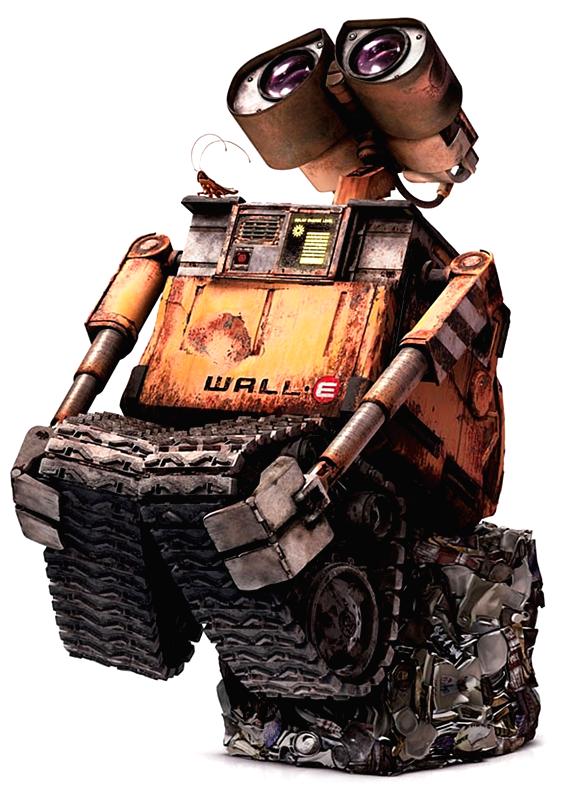| China, India, who will lead the 2nd world? | |
|---|---|
| Oct 30, 2007 04:20 | |
 | JC, I should have qualified my word for all to understand. But this post has turned out to be most interesting in as much as it has revealed different thoughts. A pity that we could not all meet in a room face to face and debate this. The noise would be unbelievable, but would I am sure bring a better understanding to all. And that surly is the purpose of forums like this. Cheers, Dodger |
| Oct 31, 2007 08:41 | |
 | Yeah! Indeed Dodger, Yeah! I think it can be so nice to have such experience of friendship. On the other hand, this talk have never happen have it not been made possible by this forum. To my self, this has been a learning experience, and I am please to meet you and the other members in general. On the news today this article about India. By RAJESH MAHAPATRA, AP Business Writer India's transformation in the past decade into an emerging global economic power has done little to alleviate the country's widespread poverty or the problems that go along with it, such as child labor. The government estimates that 13 million children work in India, many of them in hazardous industries such as glass making, where such labor has long been banned. Rights activists place the number as high as 60 million; one estimate has 20 percent of India's economy dependent on kids under the age of 14. The scope of the problem was clear Monday when police and rights activists raided a New Delhi sweatshop where children were embroidering the flowing saris worn by Indian women. The sweatshop was found just a few houses down from the now-shuttered operation that made the Gap clothes. Gap, following a Sunday report about the child labor in Britain's Observer newspaper, has decided not to sell any of the products sourced from that factory, which it said was being run by a subcontractor. India has consistently opposed linking labor standards to trade, saying that would amount to discriminating against developing countries, where poverty often drives children to work. The use of child labor in India raises questions in particular for India's garment exporting industry, a $10 billion a year business that grew by more than 20 percent in 2006. |
| Nov 1, 2007 05:23 | |
 | JC, I agree that there should not be child labour but if they do not work they will not eat. This was the very same dilemma that 19th centenary Europe faced at the beginning of the Industrial revolution. So banning this will only do harm to many in the short term. I have no immediate answer to this problem. Perhaps others wiser than me have one? Dodger. |
| Nov 1, 2007 16:03 | |
 | Dodger, you just hit it on! This your point bring us to an understanding of the reason to this thread, The question is China or India Whom. India is not a bigger military power than China. Economically India is far behind China as I show earlier with the numbers. Worse India depends on child labor to be at the point it has reach. India it is not a third world country but far less than that. Chinese population in around the world is at the 40.000.000 mark. Therefore, as we speak there is a piece of China, almost on every corner of the globe. As the other economies around the globe flourish, India’s economy will be under heavier pressure. The western world it is sensitive to child labor, if it founds to be the fact. |
| Nov 2, 2007 06:21 | |
 | JC, Thanks for your words on this. But I think perhaps that it has moved beyond the dominance of one country or group against another? There is no argument that India has massive internal social problems such as the Caste system. But the West, in its own way still has many problems to overcome. The unification of East and Western Europe will take 100 years. The continent of America will also take another 100 years before there is some balance between North and South. The World has only just begun. So is it China against India, or the World joining as one? I wonder and wait. Dodger. |
| Nov 4, 2007 20:38 | |
 | Well said, Dodger. Your ideas are quite insightful. IMO, the world is joining as one. Globalization is eliminating the differences. The global villiage is becoming smaller and smaller. All the stuffs in this village look like the same. |
| Nov 4, 2007 20:51 | |
 | Why the 2nd world, what is the 2nd world?? |
| Nov 5, 2007 04:00 | |
 | Loveisverb, please clarify you question please. Dodger. |
| Nov 5, 2007 07:41 | |
 | Loveisverb, if your question was about this, then this is my answer. Or as Dodger ask clarify the ? Worlds within the World? The First, the Second, and the Third World. When people talk about the poorest countries of the world, they often refer to them with the general term Third World, and they think everybody knows what they are talking about. But when you ask them if there is a Third World, what about a Second or a First World, you almost always get an evasive answer. Other people even try to use the terms as a ranking scheme for the state of development of countries, with the First world on top, followed by the Second world and so on, that's perfect - nonsense. To close the gap of information you will find here explanations of the terms. The use of the terms First, the Second, and the Third World is a rough, and it's safe to say, outdated model of the geopolitical world from the time of the cold war. There is no official definition of the first, second, and the third world. Below OWNO's explanation of the terms. Four Worlds After World War II the world split into two large geopolitical blocs and spheres of influence with contrary views on government and the politically correct society: 1 - The bloc of democratic-industrial countries within the American influence sphere, the "First World". 2 - The Eastern bloc of the communist-socialist states, the "Second World". 3 - The remaining three-quarters of the world's population, states not aligned with either bloc were regarded as the "Third World." 4 - The term "Fourth World", coined in the early 1970s by Shuswap Chief George Manuel, refers to widely unknown nations (cultural entities) of indigenous peoples, "First Nations" living within or across national state boundaries. First there was the three worlds model The origin of the terminology is unclear. In 1952 Alfred Sauvy, a French demographer, wrote an article in the French magazine L'Observateur which ended by comparing the Third World with the Third Estate: "ce Tiers Monde ignoré, exploité, méprisé comme le Tiers État" (this ignored Third World, exploited, scorned like the Third Estate). Other sources claim that Charles de Gaulle coined the term Third World, maybe de Gaulle only has quoted Sauvy. However... |
| Nov 5, 2007 07:42 | |
 | __Definitions The term "First World" refers to so called developed, capitalist, industrial countries, roughly, a bloc of countries aligned with the United States after word war II, with more or less common political and economic interests: North America, Western Europe, Japan and Australia. "Second World" refers to the former communist-socialist, industrial states, (formerly the Eastern bloc, the territory and sphere of influence of the Union of Soviet Socialists Republic) today: Russia, Eastern Europe (e.g., Poland) and some of the Turk States (e.g., Kazakhstan) as well as China. "Third World" are all the other countries, today often used to roughly describe the developing countries of Africa, Asia and Latin America. The term Third World includes as well capitalist (e.g., Venezuela) and communist (e.g., North Korea) countries as very rich (e.g., Saudi Arabia) and very poor (e.g., Mali) countries. The term "Fourth World" first came into use in 1974 with the publication of Shuswap Chief George Manuel's: The term refers to nations (cultural entities, ethnic groups) of indigenous peoples living within or across state boundaries (nation states). |
Post a Reply to: China, India, who will lead the 2nd world?








 Copyright © 1998-2025 All rights reserved.
Copyright © 1998-2025 All rights reserved.